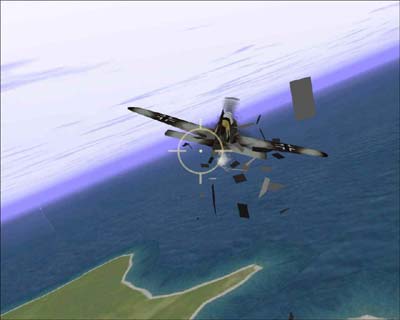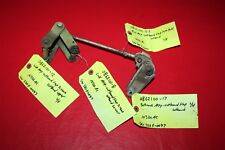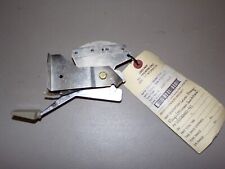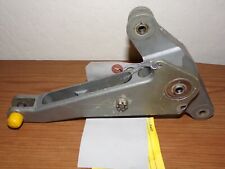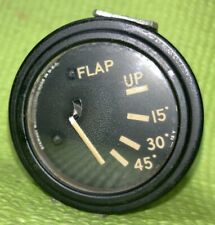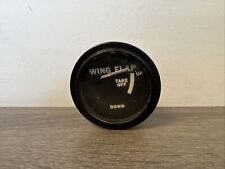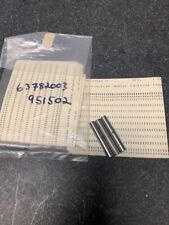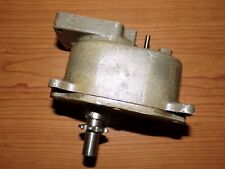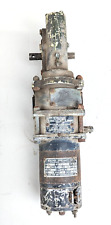How to Use the Secondary Flight Controls in a Typical Sim
by Andy Bush
Despite your best efforts, you have managed to trap a bandit at your six. He’s closing in to guns range and you need to do something fast! With the bandit in hot pursuit, you pull sharply up into the vertical. As your speed slows in the climb, you notice the stick getting “heavy”, so you add a little bit of nose up trim to help you hold your pitch attitude. A quick check of your 6 o’clock snap view shows the bandit coming up after you. Not to worry! You check your throttle at full power, punch the WEP (war emergency power) key and unload your back pressure to keep your flight path straight up. You think you can outzoom this guy!
Another look to your six and you see the bandit hose a futile burst your way as his nose starts to fall away towards the horizon. That’s what you were waiting for! You are too slow now to rely on backpressure and elevator to reverse your climb, so you neutralize your elevator and ailerons and smoothly feed in full rudder. You hold the rudder in as your nose slices sideways towards the horizon and correct with aileron for any tendency to roll. Simultaneously, you follow with your snap views to keep the bandit in sight. Your nose is now falling rapidly through the horizon and as it nears the vertical, you release your rudder input and add opposite rudder as needed to stabilize your nose in the ensuing dive. A quick roll aligns your lift vector with the bandit and now the chasee is the chaser!
Quickly your speed builds. You don’t need WEP anymore, so you punch that key again. Accelerating quickly, you raise your nose towards the bandit and start thinking gun kill. As you try to stabilize the pipper near the bandit, you have to push harder and harder forward on the stick. Of course, you remember! Pitch trim! Quickly you tap the nose down key a few times to release the forward pressure you were holding.
Checking your range, you smoothly position the pipper on your aim point. Just before pulling the trigger, a little voice makes its way into your consciousness…”rudder trim…check the ball!”. You take a quick glance at the turn and slip indicator and see the ball slightly right. “Step on the ball!” the book said, so you add a little pressure to your right rudder pedal. As you do, the ball moves left in the trace and you hold it there with rudder. Your nose is steady and you’ve corrected for yaw. It’s time to spank that bandit and head for home!
It used to be that flying such as this was only possible in real life, but, as the old song said…”the times, they are a changin”!! It wasn’t too long ago that we only had the most basic of controls in our flight sims…roll and pitch. But times and technology have changed, and today we have a much more sophisticated control set up in our newer sims. For purposes of this article, I’m going to classify aircraft flight controls into two categories…primary and secondary. I’ll call the pitch and roll controls (elevator and aileron) the primary controls. In the secondary category, I’m going to include the rudder, flaps, and trim controls. Now, I realize that in real life, the rudder is considered a primary flight control, but this isn’t real life! Rudder is a fairly recent addition to our sims and requires extra equipment to effectively actuate it. For this reason, I’m going to classify it along with two other additions to our simulation control set up… flaps and trim.
We’ll take a look at these three secondary controls in this article. I want to discuss three areas for each. We’ll take a brief look at the real world theory and mechanization of each control and then touch upon how each is actuated in the typical sim set up. The third part, and the meat of the subject, will be a discussion of how you use the control in a typical sim. With that in mind, let’s get going!



